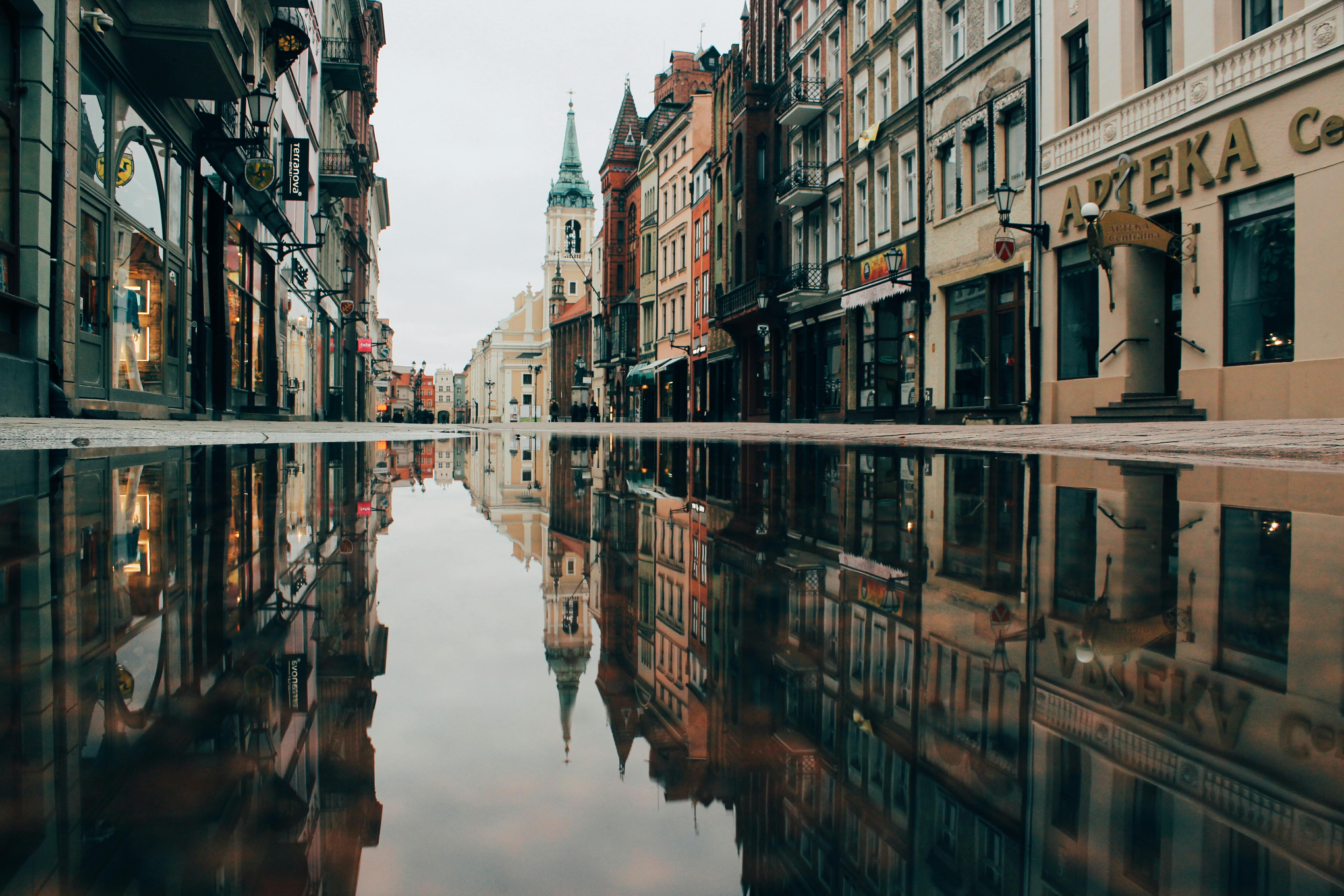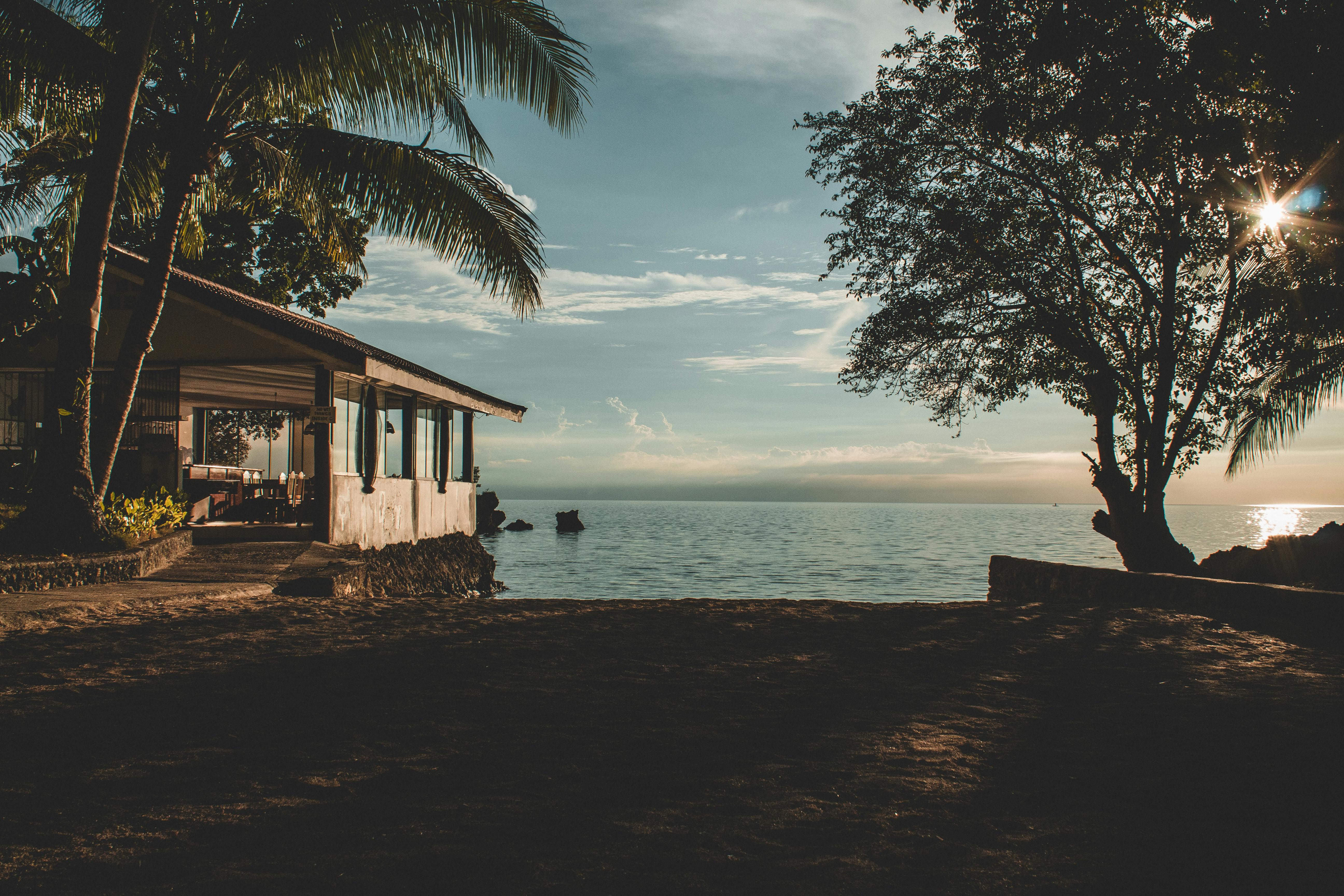Making distilled water at home is not only easy, but also inexpensive. Distilled water is pure, free of minerals and other impurities, and has many benefits. In this article, we will explain the simple steps required to make distilled water at home. You will need some basic equipment and a few ingredients to get started. With these steps, you can make a safe and effective supply of distilled water in no time.Distilled water is water that has been purified by a process of distillation. In this process, the water is boiled and the steam is collected and condensed back into a liquid. This removes any impurities from the original water source, such as bacteria, viruses, heavy metals, and other contaminants. Distilled water is then considered to be ‘pure’ and free from any impurities or contaminants.
Benefits of Distilled Water
Distilled water has a number of benefits that make it an ideal choice for drinking, cooking, and other uses. It is free from contaminants that can be found in tap water, such as chlorine, lead, bacteria, and other impurities. This makes it a healthier option than tap water and also helps to improve the taste of food and drinks. Furthermore, because distilled water has had all of its minerals removed during the distillation process it is also less likely to cause mineral build-up in pipes or appliances such as coffee makers and kettles.
Another benefit of distilled water is that it has a longer shelf life than regular tap water. This means that you can store distilled water for longer periods of time without worrying about it going bad or developing an unpleasant smell or taste. Additionally, because of its lack of minerals, it is less likely to cause scaling on surfaces such as bathroom fixtures or kitchen appliances. Finally, distilled water is more affordable than bottled water, making it a great choice for those on a budget.
Overall, the benefits of using distilled water are numerous and include improved health benefits from avoiding contaminants
How to Make Distilled Water at Home
Distilled water is a type of purified water that goes through a distillation process to remove impurities and contaminants. It is often used for drinking, cooking, medical procedures, and even in car radiators and aquariums. Making distilled water at home is a relatively simple process, but it does require some special tools and supplies. Here’s how you can make your own distilled water:
First, you will need to gather the necessary supplies. You will need a large pot or boiling vessel, a smaller pot or container that fits inside the larger one, an ice pack or bag of ice cubes, copper tubing for condensation collection (optional), and plastic tubing for draining the distilled water into a container. You will also need tap water.
Then, fill the larger pot with tap water. Place the smaller pot inside it so that it sits slightly above the level of the tap water. Place the ice pack or bag of ice cubes on top of the small pot. This will help condense any steam from the boiling water into droplets that will collect on its surface. Making distilled water at home is an easy and cost-effective way to ensure that you have access to safe drinking water. The process of creating distilled water involves boiling the water and then condensing the steam into a container. To make distilled water at home, you will need a pot or kettle, a heat source, a bowl or container, and a few other items. Here are the steps for making distilled water at home: 1. Fill the pot or kettle with tap water and place it on your heat source. Make sure you leave enough room for the steam to collect in the pot. 2. Turn up the heat so that the water begins to boil. This is when it starts to produce steam. 3. Place the bowl or container in such a way that it is directly above the boiling water. Make sure that there is enough distance between them so that no direct contact is made between them. 4. As the steam rises up from the pot, it will begin to condense inside of your bowl or container and Making distilled water at home is a great way to ensure you have access to pure, safe drinking water. To do this, you’ll need the right equipment. Commonly used items include a large pot or pan, a smaller pot or bowl, and an ice cube tray. You will also need a heat source such as a stovetop or electric hot plate. Finally, you’ll need something to collect the distilled water such as a clean bucket or jar. The first step is to fill the large pot with tap water and bring it to a boil. Once boiling, place the smaller pot or bowl inside the larger one, making sure there is enough space between them for steam to circulate. The boiling water will create steam which will condense on the sides of the smaller pot and drip down into it as distilled water. You can also use an ice cube tray to cool down the steam before it reaches the smaller pot. Place several ice cubes in the tray and set it on top of the larger pot so that it catches some of the steam Distilled water is a type of purified water that has had both impurities and minerals removed. It is an excellent choice for drinking, cooking, and making coffee or tea. Distilled water can also be used in steam irons and humidifiers. The boiling process of making distilled water at home is an easy and cost-effective method of obtaining this important liquid. The process of making distilled water begins by bringing ordinary tap water to a rolling boil in a pot or pan. Once the boiling point has been reached, the steam produced is collected in a metal container. This metal container should be fitted with a condenser that will capture the steam and turn it back into liquid form as it cools down. The resulting liquid can then be collected and stored as distilled water. It’s important to note that not all impurities will be removed from the distilled water using this method. Some contaminants are heavier than steam molecules and will remain in the boiling pot or pan. Minerals such as calcium and magnesium may also remain in the resulting liquid, which means it won’t have The process of collecting condensed steam from a boiling process is essential for many industrial operations. It is an efficient way to recover energy that would otherwise be lost in the form of heat. Condensing steam involves cooling it until it changes back into liquid form. This condensed steam can then be used for a variety of applications, such as powering turbines, providing heating and cooling, and producing electricity. The process of collecting condensed steam is relatively simple and can be done using several types of equipment. The most common method involves using a condenser, which is a type of heat exchanger that uses cold water or air to cool the hot steam. The condenser then collects the cooled steam in a container, where it can be stored or used as needed. Another common method for collecting condensed steam is through a vacuum condenser, which works by creating a vacuum around the steam pipe and drawing off any air or other gases that are present in the pipe. This method also helps to reduce any pressure that may build up inside the pipe due to boiling temperatures. Finally, some boilers also have built-in condensers that collect condensed steam When boiling water, steam is produced. The steam is then collected and condensed back into a liquid form, and it needs to be stored for further use. This process involves several steps, including capturing the steam from the boiling water, cooling and condensing it, and then storing it in a container or reservoir. The first step in collecting condensed steam is to capture it from the boiling water. This can be done by using a condenser, which is a device that captures the steam and condenses it into liquid droplets. The droplets are then collected in a container or reservoir for later use. After capturing the steam, it needs to be cooled in order to condense it into liquid form. This can be done by using various methods such as cooling coils, cooling towers, or cold air blowers. Once the condensed steam is cooled and collected, it needs to be stored in an appropriate container or reservoir. The container should be airtight so that no moisture can escape and contaminate the condensed steam. It should also be large enough to hold Making distilled water at home is easy to do. With the right equipment and following the steps outlined above, anyone can make their own distilled water at home. This process has many benefits, from saving money to better tasting water. For those who don’t have access to commercially-distilled water, making your own could be a great solution. Distilling your own water is also a great way to get rid of chemicals and other contaminants that may be present in tap or bottled water. By distilling the water yourself, you can ensure that the water is as clean and pure as possible before you drink it. No matter what your reason for making distilled water, it’s a simple, safe process that anyone can do from the comfort of their own home. So if you want to start producing your own high-quality drinking water, use these steps to get started!Equipment Needed for Making Distilled Water at Home

Boiling Process of Making Distilled Water at Home
Collecting the Condensed Steam from the Boiling Process
Storing the Collected Condensed Steam from the Boiling Process

Conclusion

